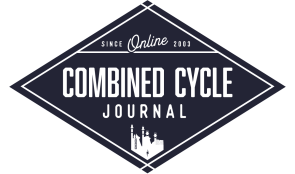Heads-Up! March 5 is Training Day at the 2021 AOG conference
Variety of extended learning opportunities for powerplant end users One of the distinguishing characteristics of annual meetings hosted by the Alstom Owners Group is its training courses. This year’s program, outlined below, features seven two-hour training sessions on Friday, March 5—all starting at 10:00. A good strategy might be to select the topics of greatest […]
Heads-Up! March 5 is Training Day at the 2021 AOG conference Read More »



